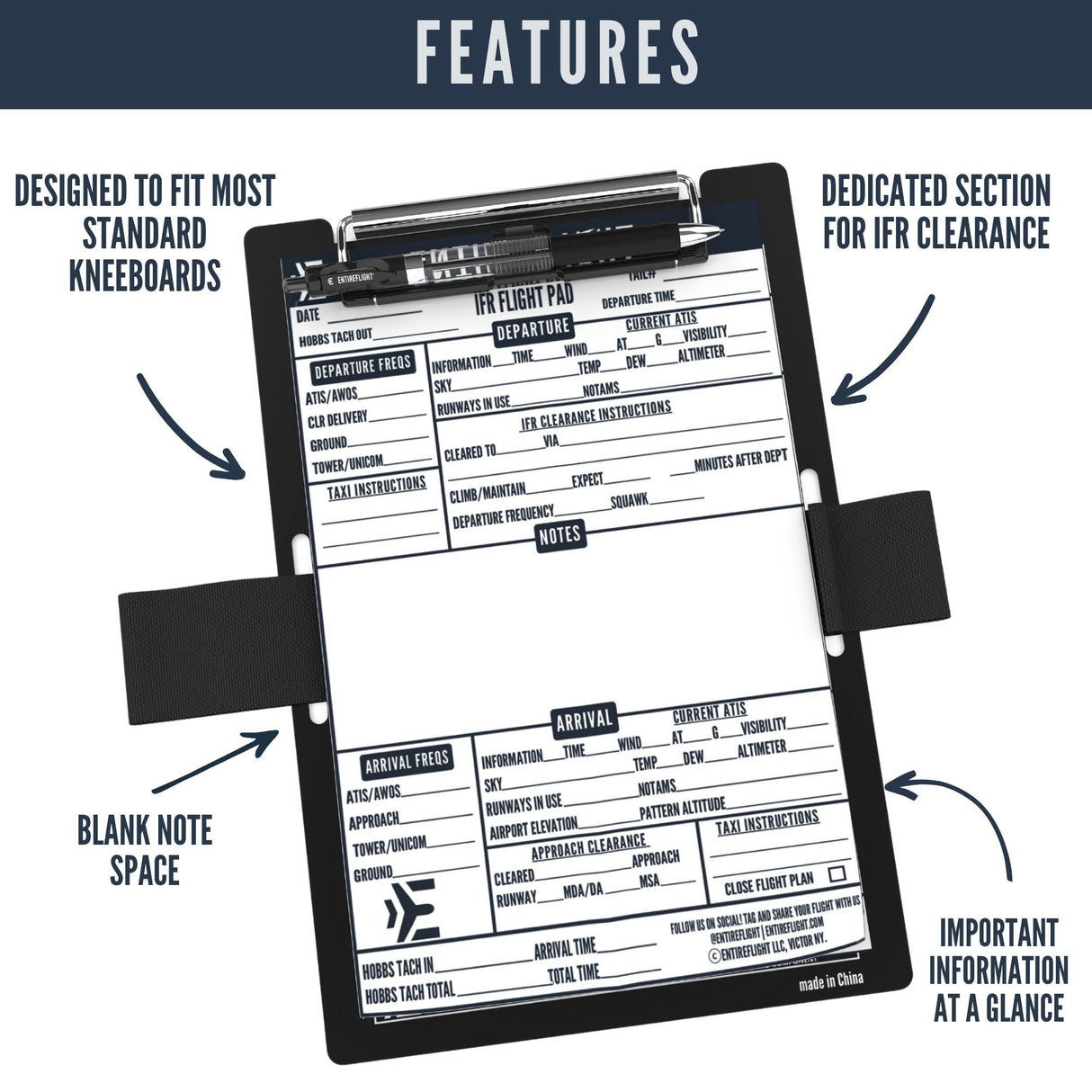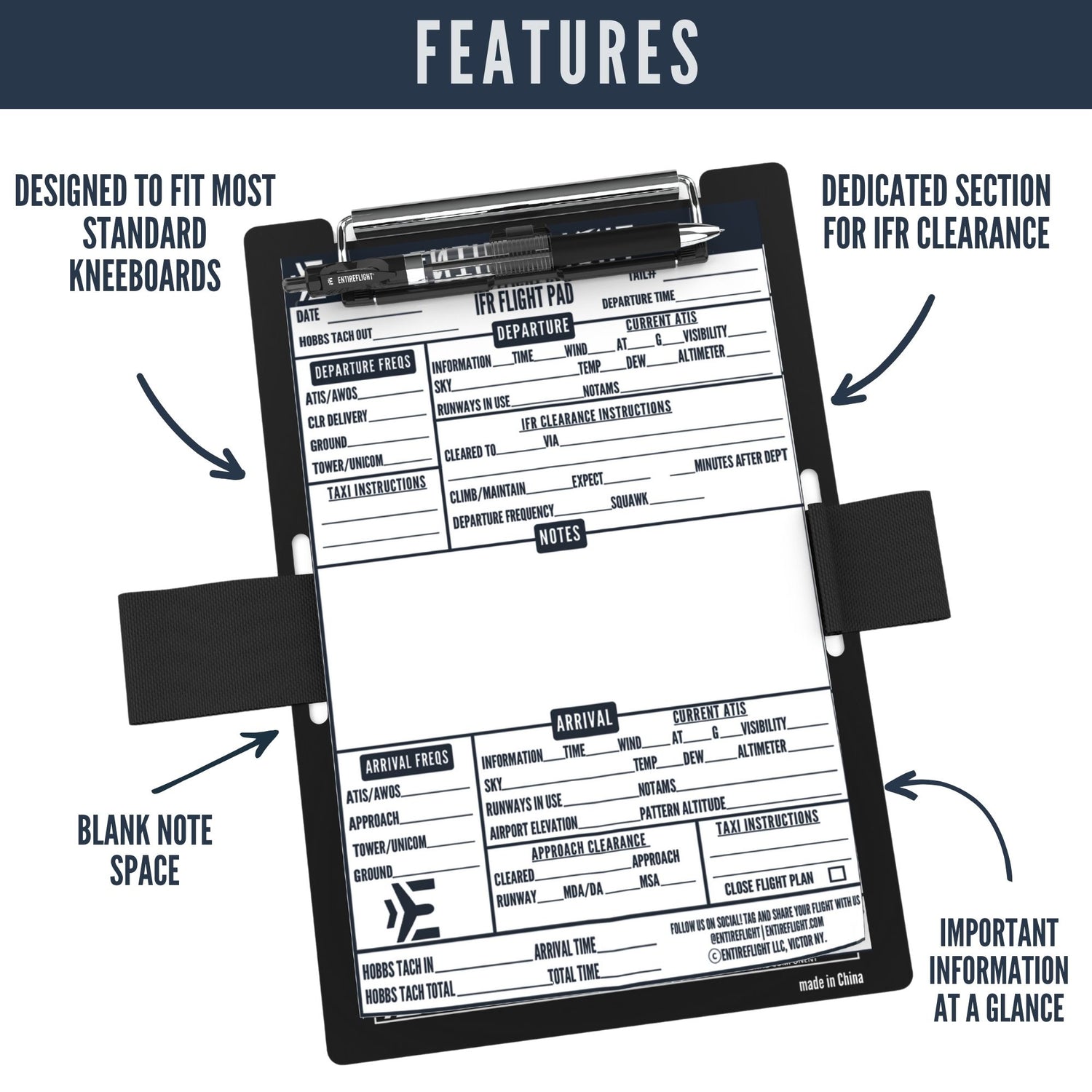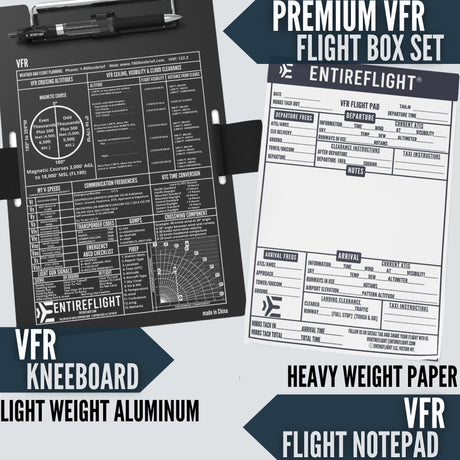How Does The Airspeed Indicator Work?
Buckle up and brace yourself for an exhilarating journey into the heart of aviation's unsung hero: the airspeed indicator! Prepare to be amazed as we unveil the role of this device behind every smooth takeoff, every graceful landing, and every thrilling flight in between.
Whether you're a seasoned aviator or a curious enthusiast, get ready to be captivated by the tales of precision, speed, and safety that lie within the grasp of this unassuming yet indispensable gauge. Hold on tight – we are about to take your understanding of flight to new heights. Let's soar together into the captivating world of the airspeed indicator!
Key Takeaways
- The airspeed indicator is a crucial flight instrument that measures an aircraft's speed through the air by comparing static and dynamic pressure.
- The airspeed indicator is one of the six basic flight instruments in aviation, providing pilots with essential information for safe and efficient flight operations.
- The Pitot - Static System, consisting of the Pitot tube and static port, works together to provide accurate airspeed measurements for aircraft.
- Understanding the components and functions of the Airspeed Indicator is vital for pilots to interpret and use this instrument effectively during their flights.
Understanding the Airspeed Indicator: How it Works and its Importance in Aviation
The Airspeed Indicator is a crucial flight instrument found in all aircraft. It works as the pilot's speedometer, presenting the plane's airspeed - the velocity at which the aircraft moves through the atmosphere. It measures the difference between static pressure and dynamic pressure to calculate airspeed. This measurement is important for maintaining safe and efficient flight operations.
An imperative part of a set known as 'the six-pack', the airspeed indicator functions together with five other instruments that provide data on altitude, climb and descent rates, attitude (plane orientation), and heading (direction).
Pilots heavily rely on these readings to maintain safety during all phases of a flight while ensuring maximum performance efficiency. However, pilots must be aware that despite its importance, an airspeed Indicator is not infallible; instrument errors can occur due to factors such as position misreadings or calibration discrepancies.
Thus underlining the need for comprehensive knowledge regarding interpretation and utilization of this tool to guarantee precise flight information delivery.
The role of the Airspeed Indicator within the six pack
The Airspeed Indicator plays a crucial role within the six pack of flight instruments. It provides pilots with vital information about the aircraft's speed through the air, allowing them to maintain safe and efficient flight operations.
By accurately measuring dynamic pressure, which is caused by the airplane's movement through the air, the Airspeed Indicator displays the speed at which the aircraft is traveling. This information helps pilots determine if they are flying too fast or too slow and enables them to make necessary adjustments.
With its importance in aviation safety, understanding how to interpret and use the Airspeed Indicator effectively is essential for any pilot.
Components of an Airspeed Indicator: Static Port, Pitot Tube, Pressure Diaphragm, etc.
The airspeed indicator consists of several key components that work together to measure and display an aircraft's airspeed accurately. These components include:
- Static Port: This is a small opening on the side of the aircraft that allows static air pressure to enter the airspeed indicator. It provides a reference point for measuring atmospheric pressure.
- Pitot Tube: The Pitot tube is located on the outside of the aircraft and has two openings. One opening faces forward, capturing dynamic pressure from the airflow, while the other opening faces backward, measuring static pressure.
- Pressure Diaphragm: Inside the airspeed indicator, there is a flexible diaphragm that measures the difference in pressure between the static port and the Pitot tube. The diaphragm moves in response to these pressure changes and translates them into a corresponding airspeed reading.
- Mechanical Linkages: Various mechanical linkages transmit the movement of the diaphragm to the dial or needle on the face of the airspeed indicator. These linkages ensure that changes in airspeed are accurately displayed to the pilot.
How the Airspeed Indicator measures airspeed
The Airspeed Indicator plays a crucial role in aviation by measuring the speed at which an aircraft is moving through the air. It does this by using two different sources of air pressure: the Pitot tube and the static port.
The Pitot tube faces forward into the oncoming airflow and measures what's known as dynamic pressure, which is caused by the airplane's movement through the air. The static port, on the other hand, allows for measurements of static pressure, or the ambient atmospheric pressure surrounding the aircraft.
By comparing these two pressures, the airspeed indicator calculates and displays how fast an aircraft is flying. This measurement is typically shown in knots or miles per hour to provide pilots with accurate information about their speed.
How is the Airspeed Indicator displayed in a cockpit?
The Airspeed Indicator is displayed differently in traditional analog "six pack" instruments and modern glass cockpit displays. In the six pack, the Airspeed Indicator is a round dial with a needle that moves to indicate the aircraft's airspeed. The numbers on the dial show the speed in knots or miles per hour.
On the other hand, in a glass cockpit display, the Airspeed Indicator is typically part of a digital screen that shows all flight information digitally. It may be displayed as a digital readout or as a graphical representation of an airplane symbol moving along a scale to represent airspeed.
Both systems provide accurate and real-time information about how fast your aircraft is flying through the air.
Troubleshooting Instrument Errors: Signs of a Faulty Airspeed Indicator
Identifying a faulty airspeed indicator is crucial for safe flying. Here are five signs to watch out for:
- Inconsistent Readings: If the airspeed indicator shows erratic or fluctuating readings, it could signal a problem with the instrument.
- Stuck or Unresponsive Needle: A needle that remains stuck or fails to respond to changes in airspeed may indicate a malfunction.
- Zero Reading: If the airspeed indicator constantly reads zero, it's a clear indication of a malfunction that needs attention.
- Incorrect Speed: When the airspeed indicator displays speeds that don't match the actual aircraft performance, it's a red flag for potential issues.
- Unusual Noises or Vibrations: Strange noises or vibrations coming from the airspeed indicator area might point to internal problems requiring inspection.
Should you encounter any of these signs during flight, it's vital to consult a qualified aviation technician to address the issue promptly and ensure safe skies ahead.
Now You Know: Understanding True Airspeed is The Secret to Safer Flying
Pilots, listen up! This unsung hero is not just another instrument – the airspeed indicator holds the heartbeat of every successful flight. With its accurate measurements, it's the ultimate key to conquering the skies with unwavering confidence.
From different airspeed calculations to unraveling the mysteries of flight instruments, we all know knowledge is power. And when it comes to the airspeed indicator, it's the Holy Grail of reliable flight information. No more guessing games or flying blind – this little gauge is your ticket to mastering the art of aviation safety.
So, fellow aviators, let's rev up those engines. Keep studying, keep practicing, and let your passion for flight instruments turn you into a skilled and proficient pilot, dominating the heavens with style and finesse.
FAQs
Q: How does the airspeed indicator work in aviation?
A: The airspeed indicator measures the difference between dynamic pressure (the force exerted by the moving air on the aircraft) and static pressure (the atmospheric pressure) to determine the speed at which the aircraft is traveling through the air.
Q: Why is understanding different types of airspeed important for pilots?
A: Different types of airspeed, such as indicated airspeed, true airspeed, calibrated airspeed, and ground speed, provide pilots with crucial information about their aircraft's performance, efficiency, navigation accuracy, and flight planning.
Q: What are the key components and functions of the pitot-static system?
A: The pitot-static system consists of a pitot tube that measures dynamic pressure from airflow and a static port that measures static pressure from outside atmospheric conditions. These measurements are used to calculate various parameters like indicated altitude, indicated airspeed, rate of climb/descent, and Mach number during flight.






















